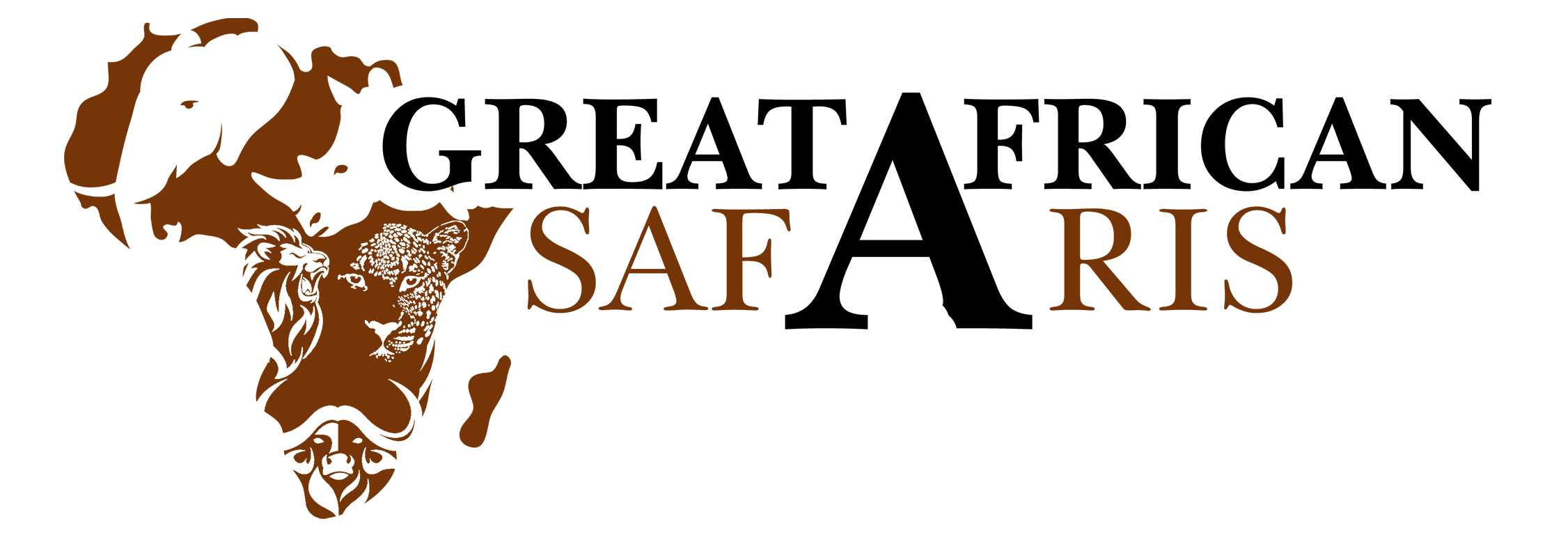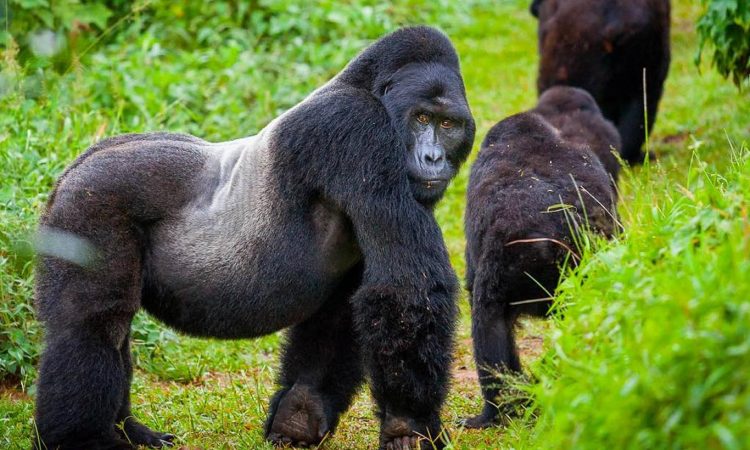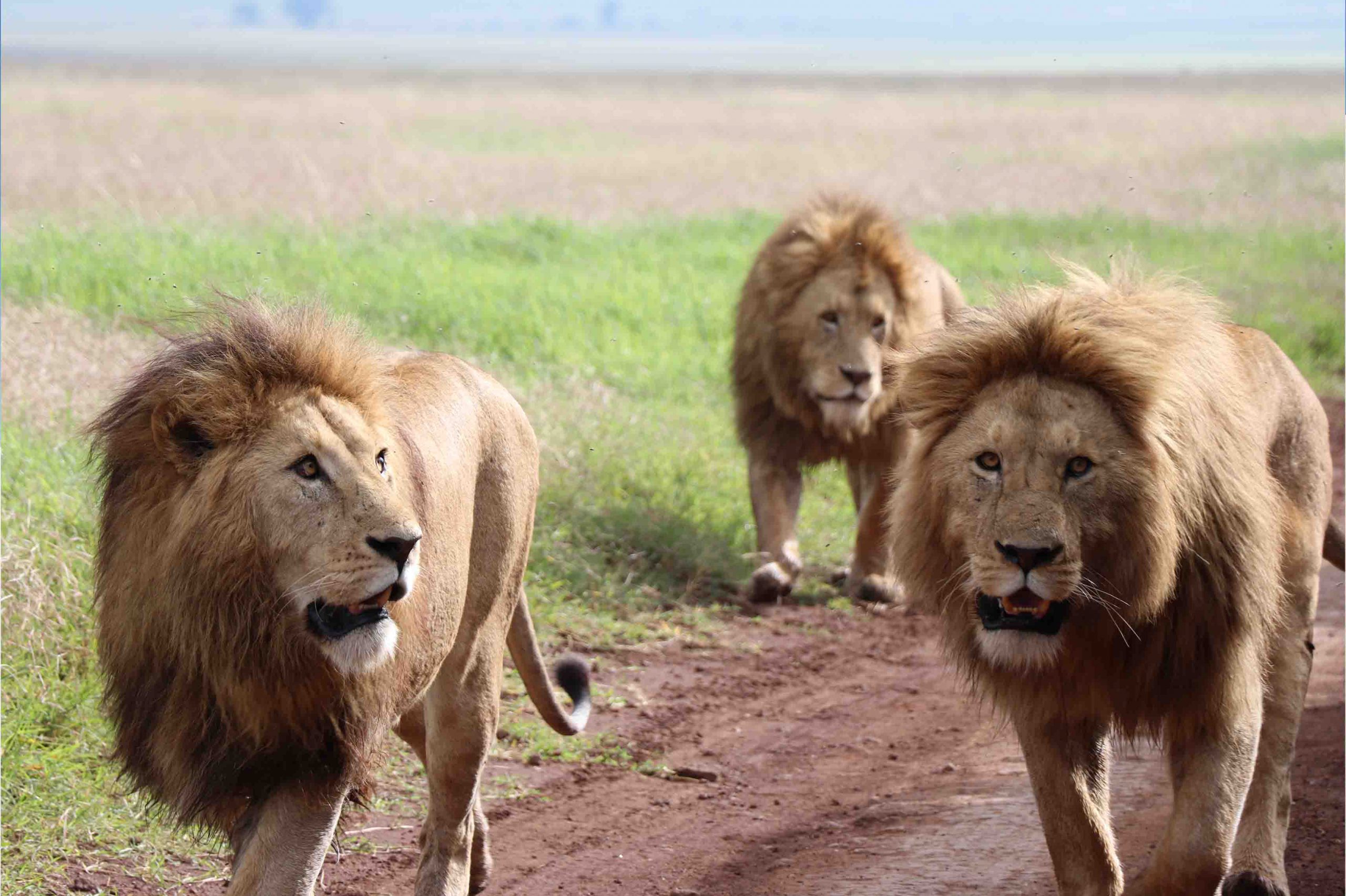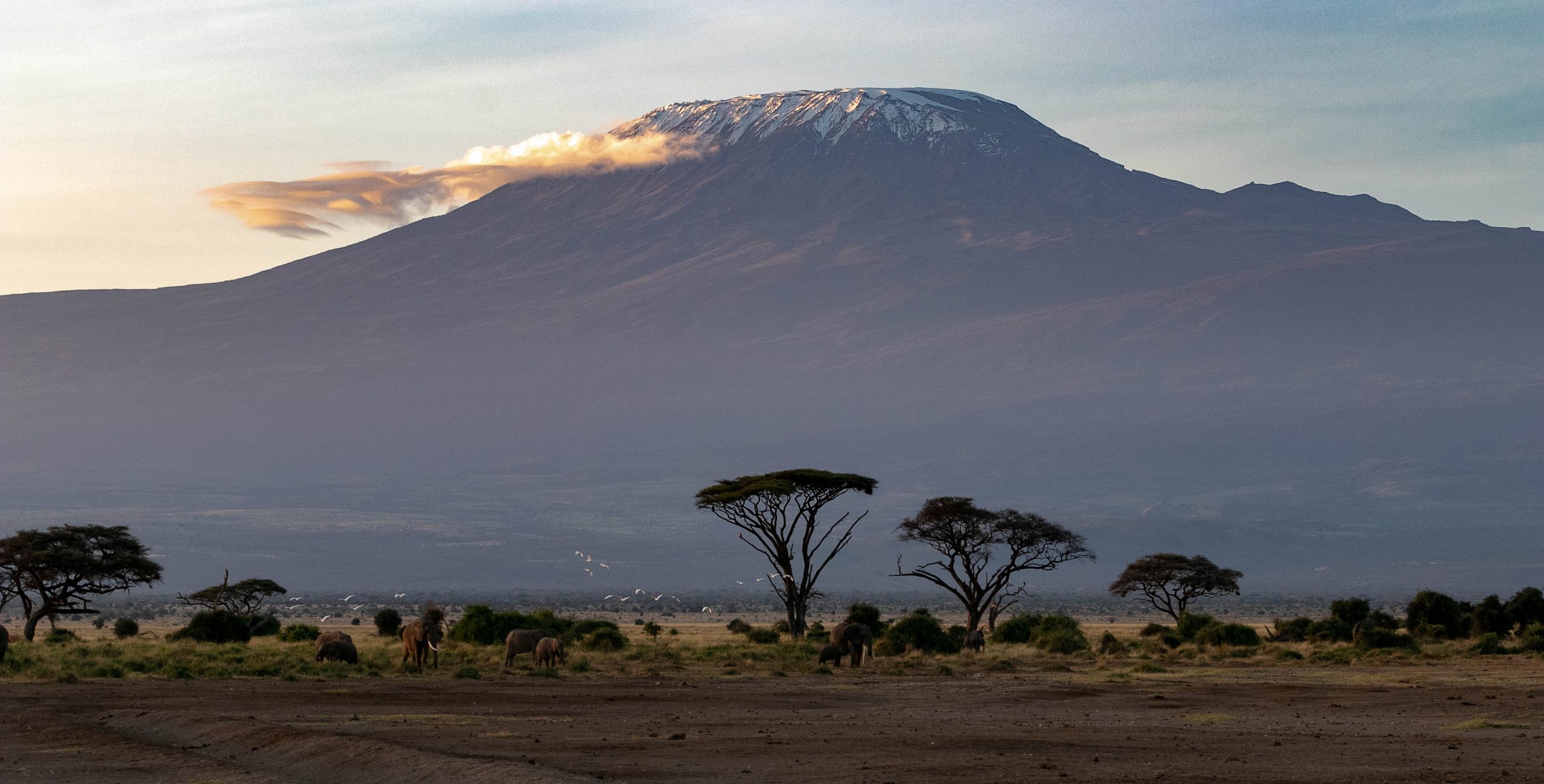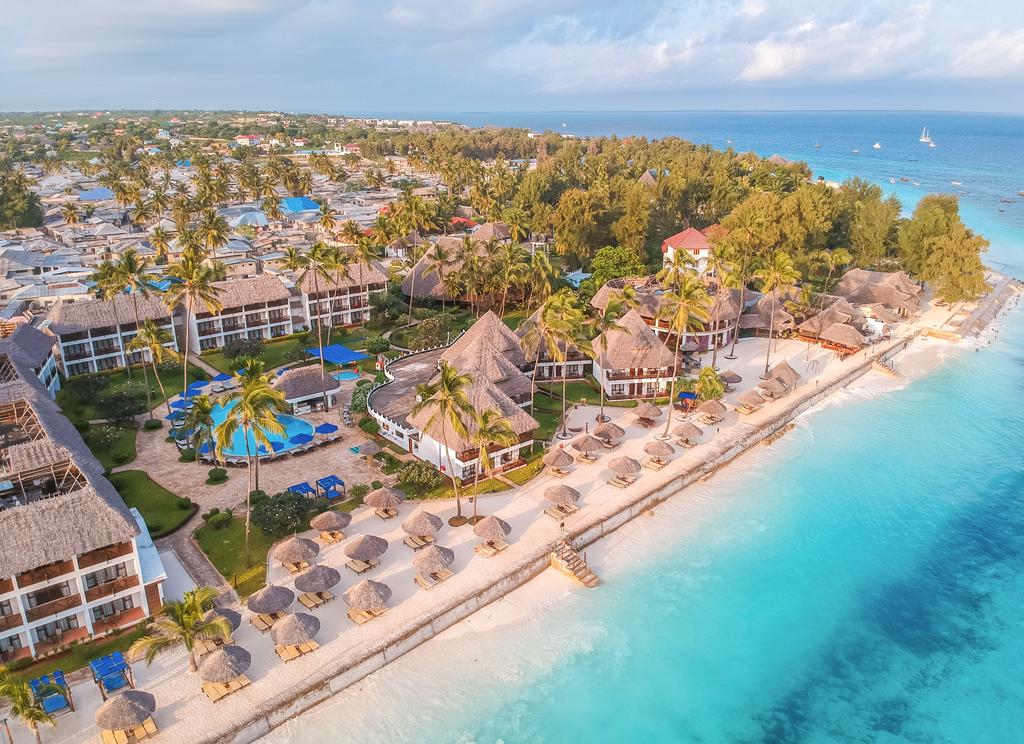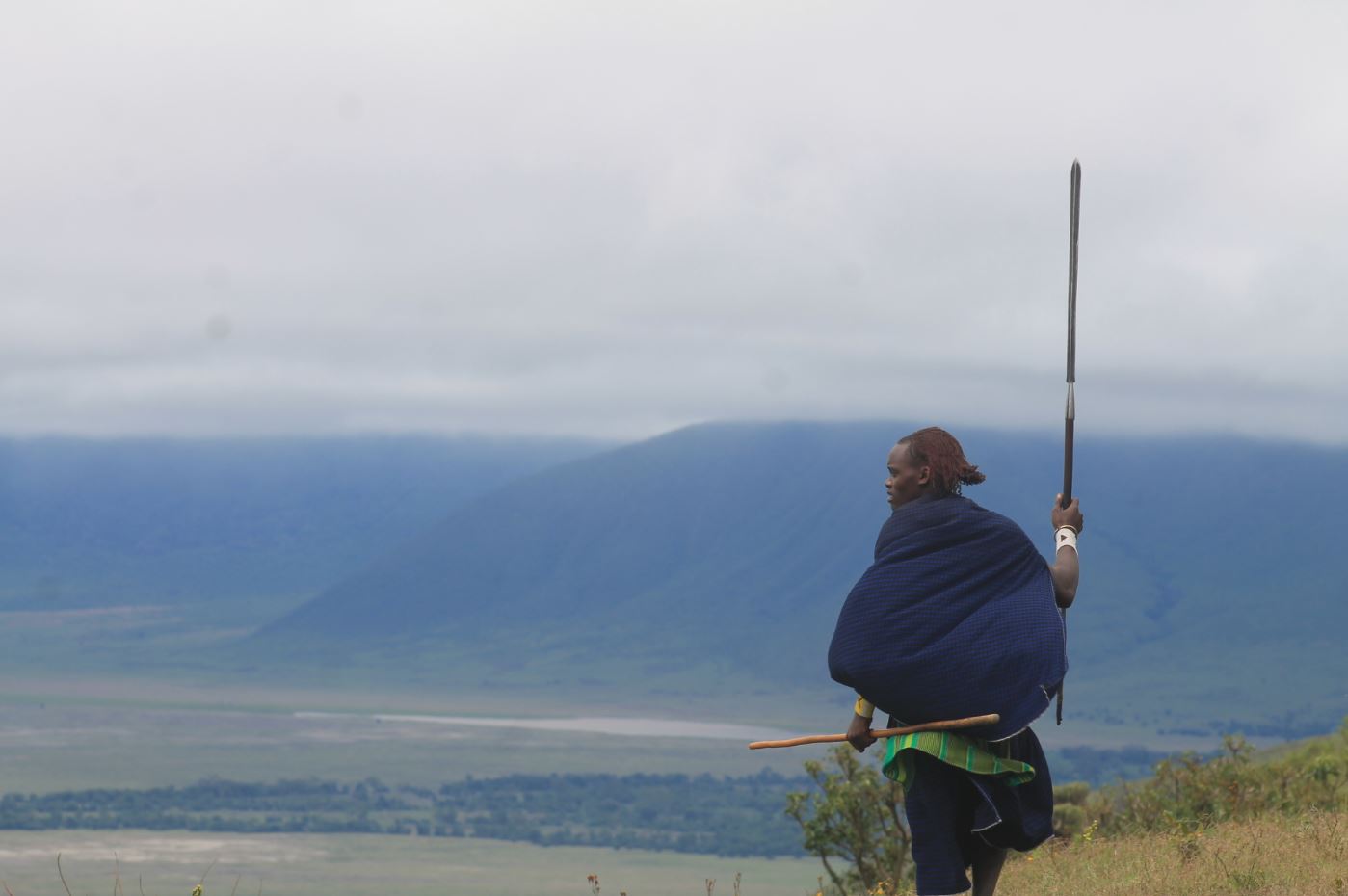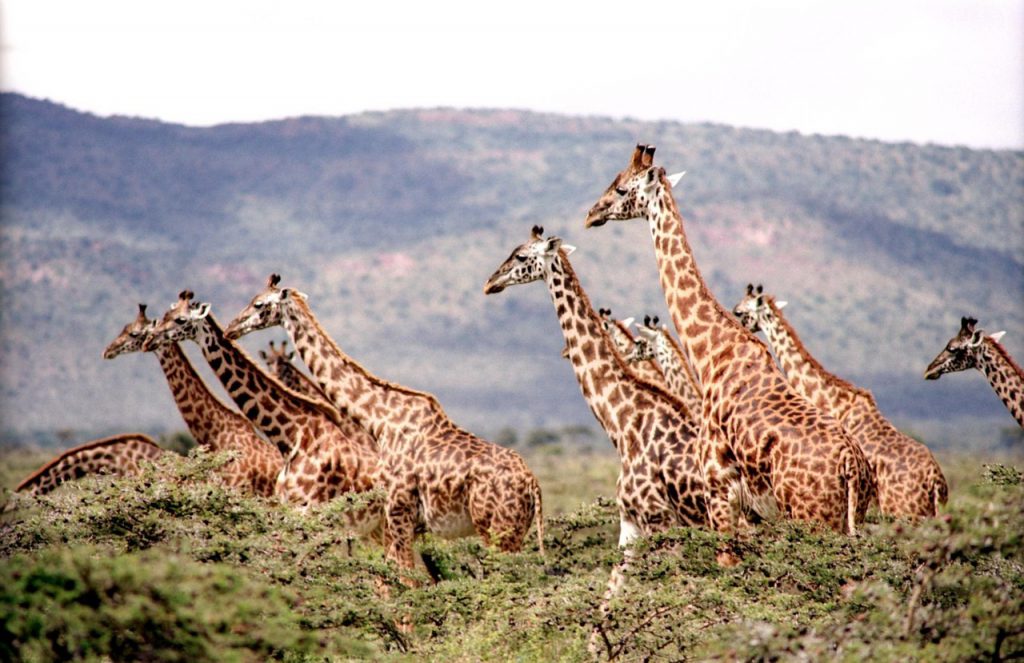- Destinations
- Safaris
Enjoy the most of Safaris from different National parks with lots of animals and majestic wonders found in Tanzania for a safari to remember
Trekking to the highest peak in Africa, The roof of Africa for the hiking safari of a life time, and also other mountains in Tanzania.
Explore a safari to one of the most beautiful island on the planet, Enjoy safari to Zanzibar coastal beaches.
Experience the best of Cultural Tourism across Tanzania to many different tribes to learn and explore there way of living.
- Gallery
- About us
- Inquire
Collection of the most famous parks
Explore the Tanzania National Parks
The Great wildebeest migration
Ngorongoro Crater
With highest number of Elephants
Serengeti
Home to the wilderbeest migration
With 14,763 sq. km, Serengeti has a spectacular concentration of animals found nowhere else in the world, and the fascinating annual migration of more than 1 million wildebeest, 200,000 zebras, and 300,000 Thomson gazelles trekking to new grazing lands. The park’s name: Serengeti means endless plains and is derived from the Maasai word: Siringiti.
Ngorongoro crater
The largest unbroken Caldera in the world with crater floor diameter of 20-24 kilometers and walls of 610 meters from crater floor. It is the 8th wonder of the world. Home to the endangered black Rhino, rich in Elephant, Buffalo, Zebra, Wildebeest, Gazelle, Velvet Monkey, Hippo, Giraffe, Eland, Impala, and Baboon. Hungry predators including Lions, Cheetahs, Hunting dogs can be seen at close quarters.
Tarangire
The Elephant park
Named after Tarangire River, the park covers 2,600 sq. km dotted with splendid species of Baobab trees. The park is spectacular during the dry season where many migratory wildlife species come to the permanent water rivers. Famous for herds of up to 300 elephants, buffalos, lions, warthogs, elands, tree climbing pythons and more than 550 recorded bird species.
Lake Manyara
famous for tree climbing lions
Covering 330 sq. kms, the park lies between the 600m escarpment of the Great Rift Valley and Lake Manyara thus noted for its incredible beauty. It is famous for tree climbing lions and natural hot Sulphur springs called “Maji Moto” (Hot Water). It is home to zebras, giraffes, gazelles, buffaloes and other plain dwellers
Arusha National Park
The closest national park to Arusha town – northern Tanzania’s safari capital – Arusha National Park is a multi-faceted jewel, often overlooked by safari goers, despite offering the opportunity to explore a beguiling diversity of habitats within a few hours.
The entrance gate leads into shadowy montane forest inhabited by inquisitive blue monkeys and colorful turacos and trogons – the only place on the northern safari circuit where the acrobatic black-and-white Colobus monkey are possibly seen. In the midst of the forest stands the spectacular Ngurdoto Crater, whose steep, rocky cliffs enclose a wide marshy floor dotted with herds of buffalo and warthog.
Ruaha National Park
It is the second largest park after the Serengeti and is home to 456 bird species, 1600 plant species, 50 amphibian species and a myriad of other inhabitants.
The actual eco-system embraced by Ruaha, with neighbouring game reserves contains four vegetation zones and almost 40,000 sq km of land.
One of the most memorable sightings in Ruaha, is the solitary greater kudu – the spiral horns and does of lateral white stripes, allowing the kudu to blend in with its bush surroundings in time of fright.
Katavi National Park
The volume of game in Katavi is outstanding, with some researchers believing that the concentrations are even higher than in Ngorongoro. Huge herds of buffalo and vast lion prides duel daily, whilst hippos and crocodiles gather in pods and nests not found anywhere else in Africa.
Mikumi National Park
Mikumi was gazetted in 1964 and is Tanzania’s fourth largest park and there are over 32 large mammal species to be found there: elephant, hippo, lion, zebra, wildebeest, impala, élans, etc.
There is a major road and rail route through Mikumi, along with power and oil pipelines.
Rivers, ravines, forests, wooded grasslands and more makes Mikumi one of Tanzania’s most attractive parks and thus the wide variety of inhabitants. The flora is also extensive from Marula (the elephant’s delicacy) to baobabs, blackwood and cassia
Julius Nyerere National Park
Now the Largest National Park in Africa, Nyerere National Park is a newly established Park which is part of what is known as Selous Game Reserve.
The name of the Park is given in honor of the founder of the Nation, the Late Mwalimu Julius Kambarage Nyerere.
The Park has been established in year 2019 and cover an area of over 30,000 square kilometers.
With its largest wilderness area in Africa, Nyerere National park has relatively undisturbed ecological and biological processes, including diverse range of wildlife with significant predator and prey relationship.
The might Rufiji with its renown population of hippo and Rhino flows to Indian ocean. The river has been designated as a photographic zone and is a popular tourist destination.
Contact us
Start planning your tailor-made trip to the Safari by calling one of our Tanzania specialists.
